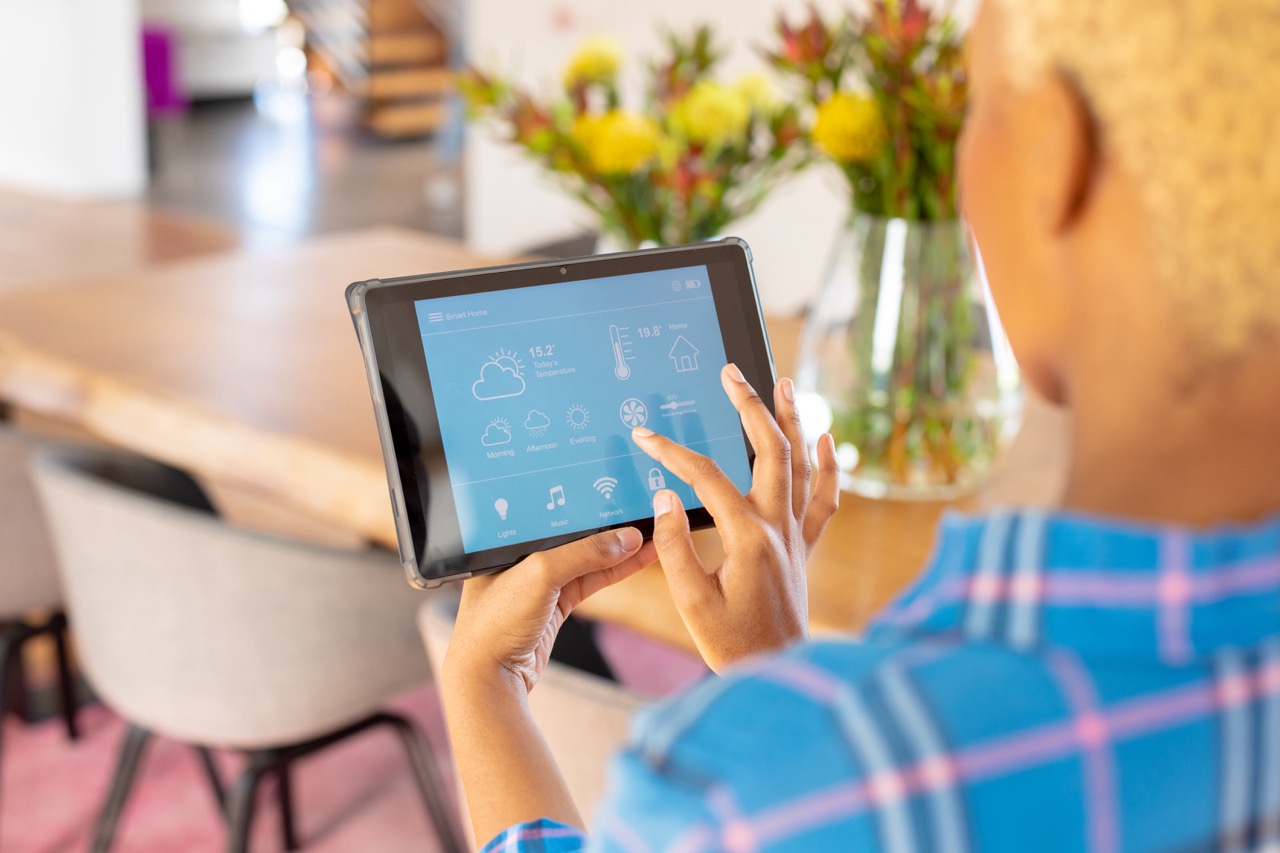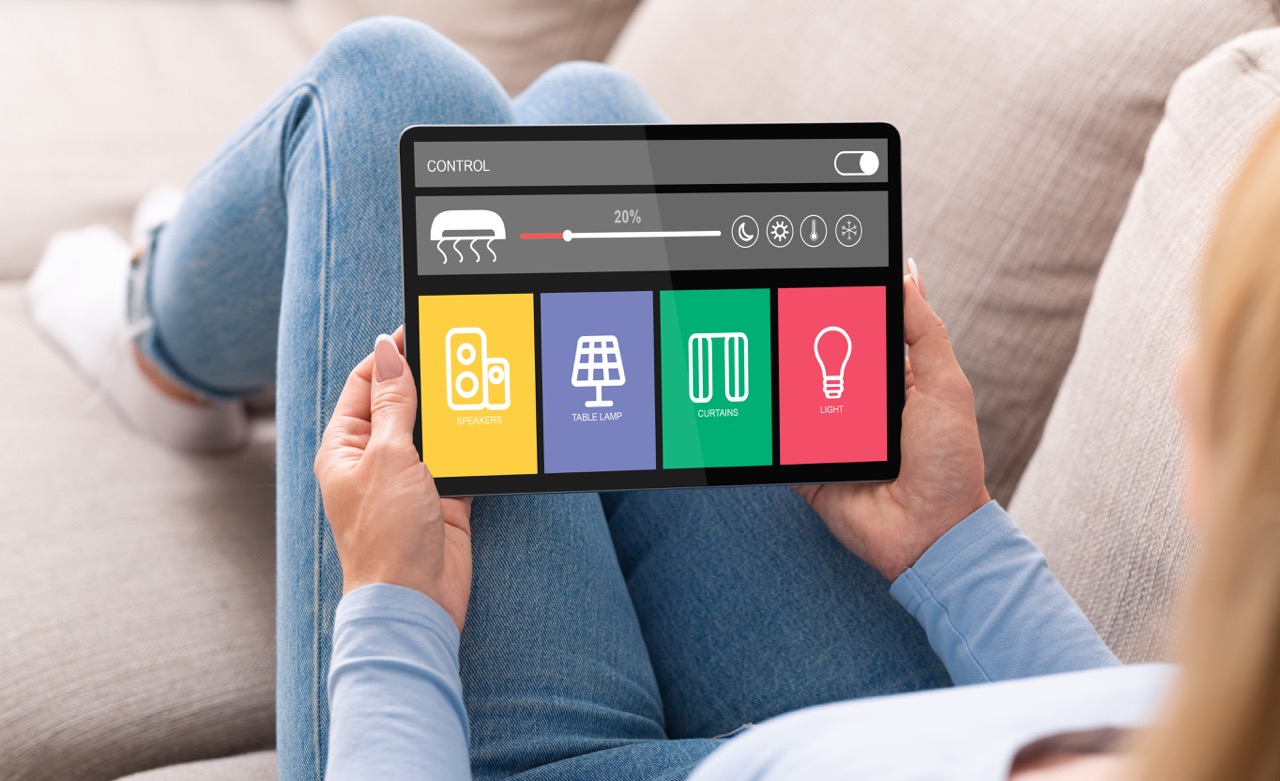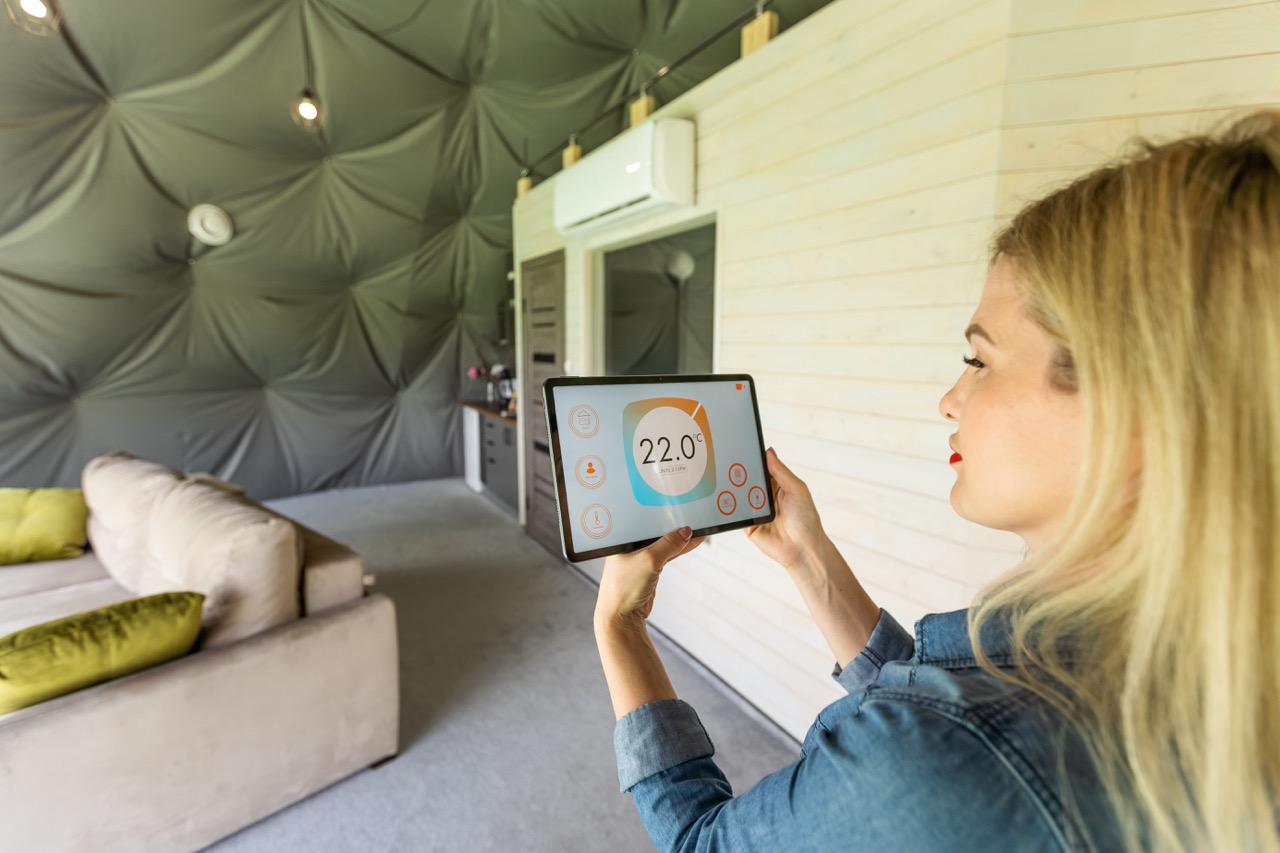In the evolving landscape of home automation, smart lighting systems have emerged as a cornerstone for modern living. Not only do these innovative solutions offer greater control and customization of lighting across homes, but they also contribute significantly to energy conservation. This article delves into the multifaceted benefits of smart lighting, from enhancing home ambiance to integrating with broader home automation systems and even exploring future technological advancements.
Evaluating the Impact of Smart Lighting
Smart lighting technology has revolutionized the way homeowners consume and control light. By allowing for the adjustment of brightness and color temperature, smart lights can create a perfect environment for any activity or time of day. This adaptability extends beyond convenience, as it can significantly impact mental and physical well-being by mimicking natural light patterns that support healthy circadian rhythms. Additionally, smart lighting systems are lauded for their accessibility, as many can be controlled remotely via smartphones or voice-activated devices, making them ideal for everyone, including individuals with mobility challenges. Moreover, these systems can integrate with security features, providing enhanced safety by simulating occupancy when homeowners are away.
How Smart Lights Transform Home Ambiance
The ability of smart lights to adjust in color and intensity means that they can completely transform the ambiance of a home at the touch of a button. Imagine shifting from a bright, energizing daylight setting for a productive morning of work from home to a warm, subdued glow for a relaxing evening – all seamlessly. This flexibility allows homeowners to personalize their spaces to their mood or the task at hand. For those who entertain, smart lighting can contribute to themed atmospheres, from festive party modes with vibrant colors to a romantic dinner bathed in soft hues. The psychological impact is profound; lighting can influence mood and behavior, making smart lighting a powerful tool for enhancing the quality of life at home.
The Efficiency Edge: Smart Lights Save Energy
Smart lights are at the forefront of energy-efficient home technology. These bulbs typically use LED technology, which consumes significantly less power than traditional incandescent bulbs. Many smart lighting systems are equipped with sensors that detect occupancy, ensuring lights are on only when needed, which reduces unnecessary power consumption. Furthermore, the ability to control lights remotely means that forgetting to turn off lights when leaving the house no longer results in wasted energy. This not only helps in reducing the carbon footprint but also in lowering electricity bills, making smart lighting a financially savvy choice for eco-conscious consumers.
Comparing Costs: Smart vs. Traditional Bulbs
While the initial cost of smart bulbs might be higher than traditional bulbs, the long-term savings are considerable. Smart LED bulbs have a much longer lifespan, often lasting several years before needing replacement. This durability translates into fewer purchases over time, offsetting the initial expense. Additionally, the energy efficiency of LEDs means monthly energy bills will be lower, a saving that accumulates significantly over the lifespan of the bulbs. When these factors are taken into account, smart bulbs are not only a more environmentally friendly option but also a more economical one in the long run.
Integrating Smart Lighting with Home Automation
Smart lighting is a key component of comprehensive home automation systems. These systems synchronize various elements of home management, such as heating, cooling, security, and lighting, into a single, user-friendly interface. By integrating smart lighting, homeowners gain unprecedented control over their environment, allowing for adjustments in light based on time of day, occupancy, or even outdoor light levels. This integration can enhance security systems by activating lights in response to detected movement or scheduled settings when away, adding a layer of security and peace of mind for homeowners.
Future Trends in Smart Lighting Technology
The future of smart lighting promises even greater integration and intelligence. We are beginning to see the advent of lighting systems equipped with AI that can learn from homeowners’ habits and adjust lighting automatically to suit their preferences and routines. Additionally, advancements in IoT connectivity will likely lead to smarter, more responsive lighting solutions that can interact with other connected devices in the home for a truly automated experience. Innovations such as biodegradable materials and increased energy efficiency continue to push the boundaries of what smart lighting can offer, making it an exciting area to watch in the field of home automation.
Smart lighting stands as a transformative technology within the realm of home automation, providing substantial benefits in terms of energy efficiency, convenience, security, and personal well-being. As technology advances, the potential for smart lighting to integrate more deeply into our homes and daily lives only increases. With their ability to enhance home ambiance and contribute to sustainable living, smart lighting systems represent a wise investment for the modern homeowner, promising a blend of comfort and innovation that aligns with the lifestyles of tomorrow.










